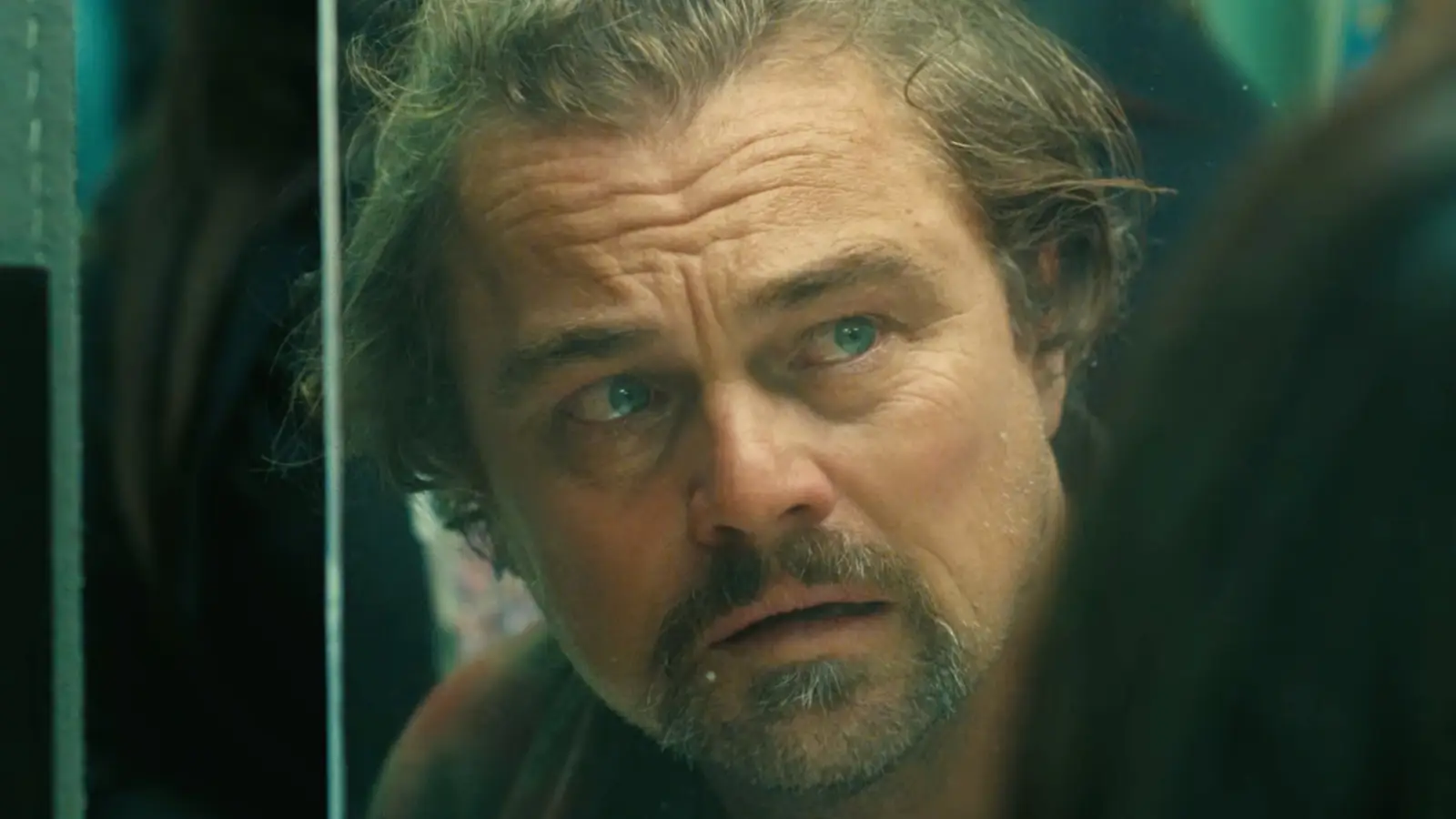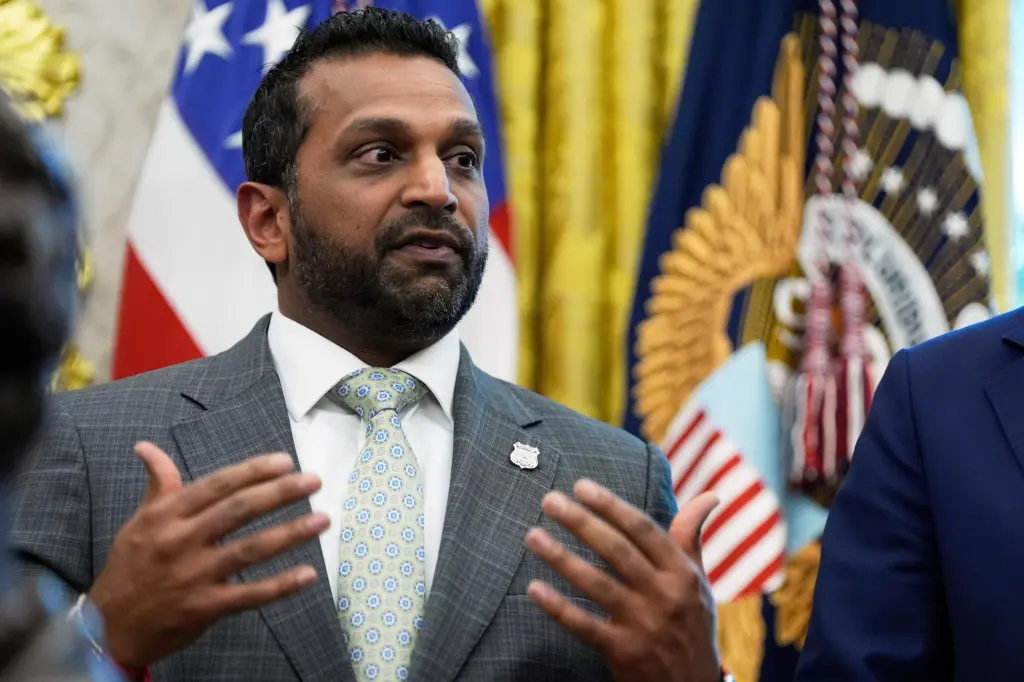One Battle After Another Review: Paul Thomas Anderson’s Latest Is a Virtuosic, Prescient Triumph

Back in 1956, when John Ford released The Searchers, the VistaVision format was merely two years old. A fine-grain film stock initially conceived as a counter to the increased popularity of television, the technology was propped up as a potential saving grace. Get the audience back into their seats through a version of film that was more film than film. Lean into the stuff that makes the cinema its own, distinct art form.
VistaVision was used last year by Brady Corbet for his World War II-era epic The Brutalist, an attempt to maximalize the visual dimensions of the architectural movement which gave that film its name while simultaneously immersing us as deep as possible into Laszlo’s troubled soul; Paul Thomas Anderson has brought it back again for One Battle After Another to bring to the fore the haptic feel of the evergreen struggle of everyday people against the many systems governing our lives. You’ll find no romanticism here under the grain, just sweat and blood and the enduring stink of guerrilla warfare.
An Epic of Political Potency, One Battle After Another Is A Masterful Marriage Of Form & Function
As it turns out, PTA’s latest has much more in common with Ford’s great Western cry than mere film stock. A film about the endurance of both the revolution and the suppressive powers that be, this loose adaptation of Thomas Pynchon’s Vineland is as much concerned with the futurity of multiculturalism in the face of zombie-like fascism as it is with the white man’s paranoia over miscegenation. Sean Penn’s stiff-necked and aptly named Col. Steven J. Lockjaw is emblematic of a certain hypocrisy of the American alt-right: aroused and fascinated by the very people and politics they purport to despise.
As Penn ambles around the screen with an impossibly straight back and a penguin waddle, he seems constantly pulled between his libido and his conservative ideals. It is a masterful performance which recalls George C. Scott’s General Buck Turgidson by way of Charlie Chaplin. He is, in some way, Anderson’s new and degraded John Wayne, patrolling the Western landscape for a bygone era of white hegemony.
The film’s first act takes place in Reagan’s America, as Bob Ferguson (Leonardo DiCaprio) and his girlfriend Perfidia Beverly Hills (Teyana Taylor) lead a highly efficient, ruthless, leftist outfit called the French 75. Their job is to materially produce the consequences for leaders who refuse to protect the most vulnerable, breaking migrants out of cages at the border, bombing politicians’ offices whose policies are antagonistic towards abortion rights, and the like.
Perfidia and Lockjaw have two meetings in the film’s early goings: one in the opening scene, in which the latter gets visibly aroused by Perfidia’s threats at gunpoint, and another when Lockjaw essentially offers to look the other way while the French 75 go about their business so long as he gets to enjoy her body. So Perfidia finds herself in a love triangle of lust and ideals, becoming pregnant along the way.
Thus, the underlying and unspoken question that undergirds much of the film is the question of paternity. Nonetheless, Willa is born, and Perfidia is almost immediately antagonistic to the idea that her maternal duties should usurp her devotion to the revolution. Against Bob’s passionate plea, Perfidia joins in on a bank robbery that goes horribly wrong and, suddenly, she’s being hunted by the police until she, shockingly, gives up her comrades in arms for a shot at immunity.
The bulk of the film then follows Lockjaw alongside Bob, 16 years later, as both of their pasts haunt them, forcing a moral reckoning with their myriad of dangerous choices. Bob lives with his daughter, Willa (Chase Infiniti), in a small sanctuary city far from the madding crowd of his earlier ruffian days. Willa is a good student and a devoted martial artist under the tutelage of Sensei Sergio (Benicio Del Toro); Bob is mostly just devoted to getting high and watching anti-colonialist films like The Battle of Algiers (1966), which remind him of his idealistic youth.
Their relative peace and quiet is interrupted when Lockjaw is invited to join a secret cabal of white supremacists called the Christmas Adventurers, who are devoted to the “purification” of the white race (and obsessives of St. Nick, a ridiculous and sly joke). Knowing a background check might reveal his previous relations with Perfidia, Lockjaw goes on the hunt by abusing his authority as a military colonel. The back half of the film’s nearly three-hour runtime is devoted to a tense, crackerjack chase through the Californian desert, as Lockjaw desperately hunts down Bob and Willa to secure his coveted new membership.
Anderson has retained much of Pynchon’s postmodern, plucky, weed-hazed humor. For all the film’s trenchant politics, One Battle After Another is equally a satirical rumination on the way that progressivism too often wheels back around to kneecap itself in the name of equity, all while the right creates protocol to manufacture consent for ethnic “purification,” as one member of the Christmas Adventurers calls it. Lockjaw is willing to conduct fake ICE-esque raids through a Californian sanctuary city just to find what would prevent him from joining a souped-up country club.
One Battle After Another is clearly a deeply personal film for Anderson, who seems to be using Pynchon’s novel as a conduit
As for Bob, whose only real care in the world is the safety of his daughter, the revolution has never gone away, no matter how hard he works to forget it. “From hereon in, it’s one battle after another,” he says in warning early on in the film. Or is it excitement? Fear?
The film’s implicit message seems to be that our struggles, intertwined as they are, can never end so long as America’s past as a colonialist empire is washed over at best, forgotten at worst. As Bob tumbles messily, but devotedly, to find his daughter, it is Sergio who shows him the revolution isn’t dead: the sensei has created an underground tunnel to shield migrants from ongoing raids.
One Battle After Another is clearly a deeply personal film for Anderson, who seems to be using Pynchon’s novel as a conduit to contemplate what world he wants to leave behind for his own biracial family. It is a rueful admission of just how ridiculous it can feel to be alive during a period of exceptional violence and stupidity. DiCaprio’s character is imbued with all the recognizable tropes of a caring father whose unquestionable loyalty to his daughter is threatened only by a society that cannot wash out the stain of white nationalism that birthed it.
Yet, the movie is Anderson’s most electrifying and narratively tense of his canon. The final car chase through the back roads of California’s empty desert is an all-time, neo-Western barn burner. He is aided here, as before, by Johnny Greenwood, whose plunking piano score accentuates a film of magnetic paranoia.
As PTA’s onscreen pseudo-personality, Bob initially wonders aloud when the revolution can end, Perfidia is unable to imagine a time it ever would, and PTA suggests that maybe the answer to our future is somewhere between the two.
“The revolution will not be televised,” Gil Scott-Heron sang in 1971. But, maybe it’s been filmed in VistaVision, a wide-screen entreaty for a better world.



